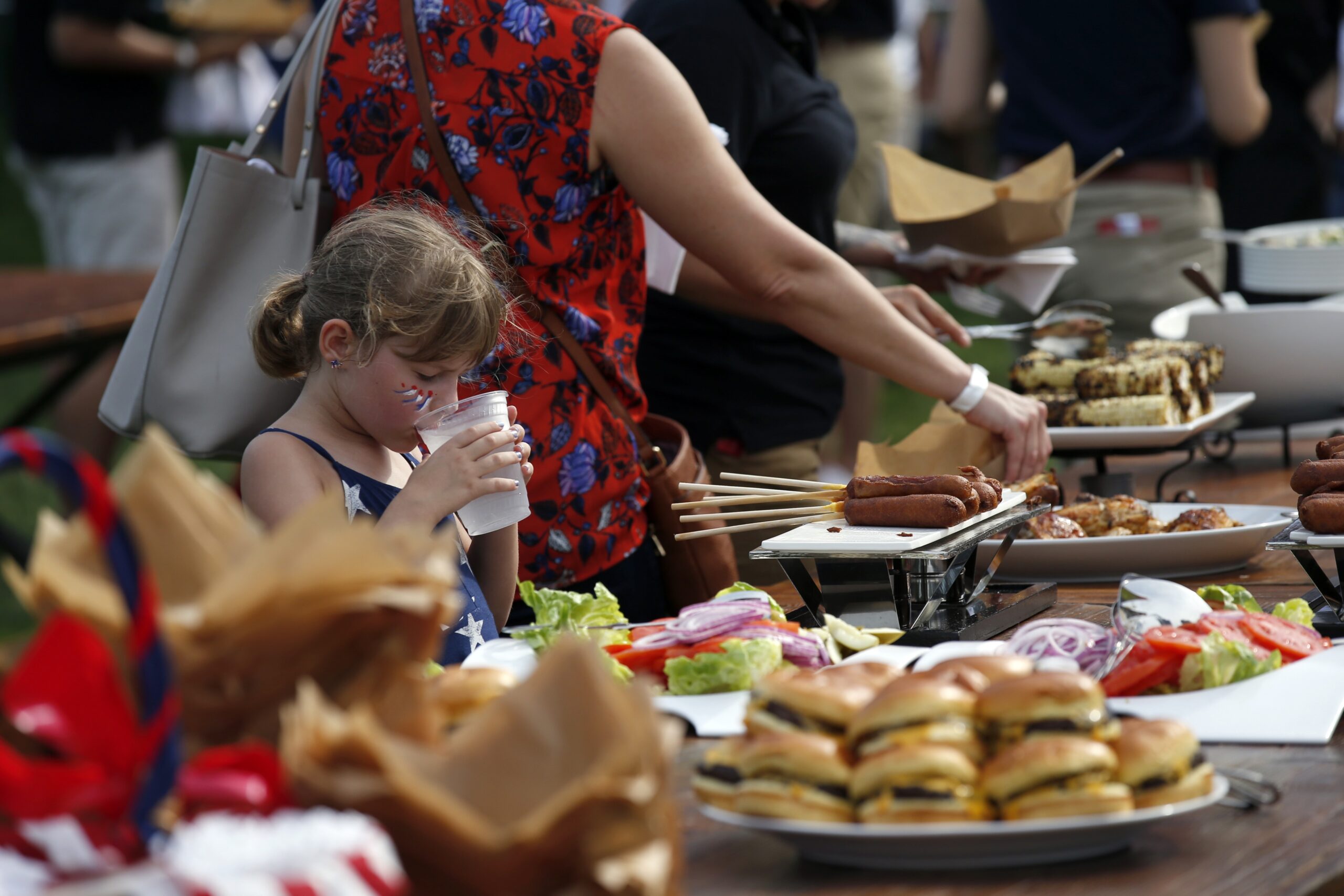Wisconsinites are paying almost 16 percent more for a 4th of July cookout than they did last year, according to an informal survey of grocery store prices done by the Wisconsin Farm Bureau.
The farmer organization found a cookout for 10 people costs $69.74 on average across the state. That’s $9.39, or 15.6 percent, higher than the cost found in a 2021 survey.
Cassie Sonnentag, media relations director for the Wisconsin Farm Bureau, said food prices across the board have increased. But already expensive meat products have seen prices climb even higher this year.
News with a little more humanity
WPR’s “Wisconsin Today” newsletter keeps you connected to the state you love without feeling overwhelmed. No paywall. No agenda. No corporate filter.
“Ground beef, pork chops and chicken breasts, all three of those came out quite high across the national average,” Sonnentag said. “But the neat and interesting thing here in Wisconsin is we actually found that our numbers were a lot lower than the national average when it came to meat products. And largely that comes from the availability here in Wisconsin.”
For example, 2 pounds of ground beef was $9.94 in Wisconsin, compared to the national average of $11.12. Three pounds of pork chops cost $15.26 on average in the United States, but were only $12.90 on average in Wisconsin.
Sonnentag said the state is home to both national meatpackers and a large number of local butchers, making meat products more available and therefore less expensive.
Wisconsin’s total cost for the survey was 6 cents more than the national average, driven by higher costs for strawberries and processed items such as chips, cookies, pork and beans. This year’s national average was 17 percent higher than in 2021.
Sonnentag said prices are up because of overall inflation in the economy, continued supply chain disruptions and the ongoing war in Ukraine. And she said these impacts don’t just stop at consumers.
“Similar to how we are feeling the cost of inflation in the grocery store, farmers are seeing it on the cost of fuel or the cost of fertilizer, which has tripled in the past year,” she said.
While commodity prices have been more profitable for producers this year, Sonnentag said the money spent on groceries doesn’t always make it back to the farm. She points out that farmers’ share of the retail food dollar can be as low as 2 percent for processed items like bread, although it can be 35 percent or more for fresh items.
The U.S. Department of Agriculture expects food prices to be 8.5 percent to 9.5 percent higher than the previous year, outpacing the increases from the COVID-19 pandemic in 2020 and 2021.
Sonnentag said that means consumers will likely be looking for ways to save money on food this summer. And she said one of the easiest ways to save is to prevent food waste.
“Being able to effectively and creatively utilize your food is one very simple way to stretch your food dollar,” she said. “For example, if you’re taking items from your cookout, you could freeze your leftovers or you can get creative with the leftover protein to enhance your salad or a different meal throughout the week.”
She also suggests consumers make a shopping list and stick to it once they get to the store to avoid buying more food than they need.
Wisconsin Public Radio, © Copyright 2025, Board of Regents of the University of Wisconsin System and Wisconsin Educational Communications Board.







